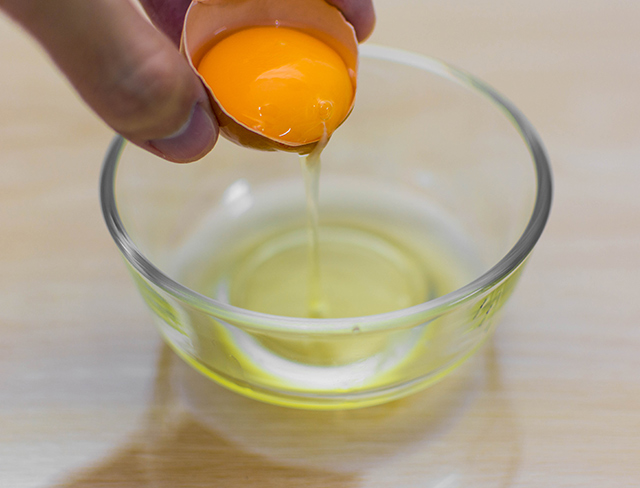Yoga breathing exercise can help oxygenate the blood and stimulate the Vagus nerve
02/17/2019 / By Jhoanna Robinson

Several clinical trials seem to support the hypothesis that yoga has many mental and physical benefits. However, the scientific basis for these claims had not been established in the past. Recent studies have proven how the practice of yoga can positively impact the tone and reactivity value of the nervous system by stimulating the vagus nerve.
The vagus nerve is the 10th cranial nerve, which monitors and regulates the actions of the digestive tract, heart, and lungs. The vagus is made up of two parts: the ventral vagal pathway and the dorsal vagal pathway. The ventral vagal pathway supports feelings of feeling social and comfortable.
The dorsal vagal pathway, on the other hand, is activated in response to extreme signals of danger. When we panic or feel disconcerted, the dorsal vagal pathway has taken control.
The vagus nerves transport different variations of signals to and from the brain, and they are responsible for various reflex responses, that in turn control the body. There is a connection among mental state, physical health, and vagal tone. This means that the higher your vagal tone, the more improved your mental state and physical health will be. To be specific, vagus nerve stimulation alleviates inflammation effects. The vagus nerve addresses inflammation issues by releasing acetylcholine; therefore, it can be said that vagal nerve stimulation can be used to treat inflammatory illnesses that have arisen as a result of chronic stress. As an aside, acetylcholine has an important role in enriching attention, memory, and learning skills.
Another positive effect of vagal nerve stimulation is the secretion of the neurotransmitter oxytocin. A person with high levels of oxytocin in his body is more prone to feeling positive in their everyday life and in regard with activities that are associated with the nervous system: acting, feeling, sensing, and thinking. In turn, the person gets to languish in attributes that include feelings of love, connectedness with others, and above all a sense of peace and contentment within oneself. (Related: Get that big promotion with yoga and meditation.)
“Do you have a sensitive nervous system that adversely impacts your health? By developing an understanding of the workings of your vagus nerve, you may find it possible to work with your nervous system rather than feel trapped when it works against you. Fine-tune your self-care with vagus nerve regulation strategies that can be practiced in the comfort of your home,” clinical psychologist Dr. Arielle Schwartz said.
According to Schwartz, conscious breathing is an important element in stimulating the vagus nerve. Since the vagus nerve is the master nerve, it affects both mental and physical stimuli and activities. However, more research is needed to understand the effects of vagus nerve stimulation therapy in neuropsychiatric disorders.
Why exhaling matters
Slowing down exhalation optimizes the parasympathetic system’s functions, which include conserving energy as it slows the heart rate, increasing gland and intestinal activity, and relaxing sphincter muscles in the gastrointestinal tract.
Furthermore, prolongation of exhalation results in the accumulation of carbon dioxide in the blood, of whose certain amount in the body is necessary for a calming effect. Our respiratory systems can also address the problem of hypercapnia, or elevated levels of carbon dioxide in the blood, when we regularly practice resistive breathing in a sustained manner.
Earlier studies on relaxation-response techniques – such as meditation, yoga, and prayer – has shown that engaging in a relaxation response not only alleviates anxiety and stress, but also influences physiologic factors such as blood pressure, oxygen consumption, and heart rate.
For most people, habitual holding of breath is indicative of being stuck in an emotional rut. Researchers found that fast and shallow breathing can lead to decreased blood carbon dioxide concentration leading to increased arousal and anxiety. At the same time, slow and deep breathing increases blood carbon dioxide concentration.
Sources include:
Tagged Under: brain health, breathing exercise, healing, mental health, natural healing, natural medicine, parasympathetic system, physical health, Respiratory System, vagus nerves, Yoga


















